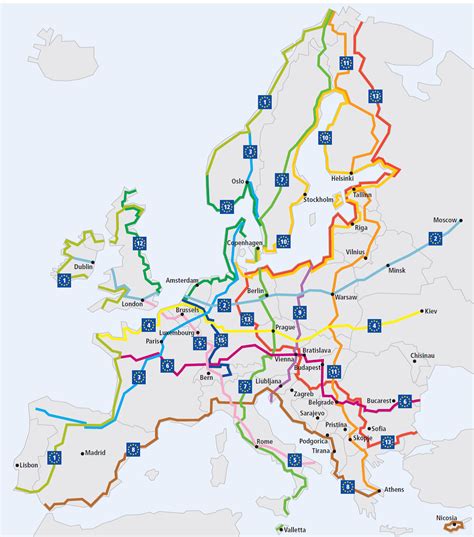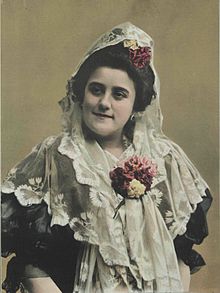The World Bicycle day was on 19th of April from 1985 to 2018. In April 2018, the United Nations changed the day to 3rd of June thanks to the support of 57 countries. Leszek Sibilski directed the international campaign and associations such as the World Cycling Alliance and the European Cyclist Federation which encouraged it. But why did the World Bicycle day was initially declared on 19th April?
Albert Hofmann, the Swiss chemical, was the origin of it. He was the first person who synthesized, ingested and experimented the effects of LSD in 1943. At first, he ingested it in a casual way. Next, he carried out an aware LSD ingestion three days after. As a result, he experienced a more powerful trip than the easy return journey home by bike. He simply went crazy!
Going a step further, bicycles have improved the gender equality. For instance, it allowed women to travel by themselves without the need of any man. According to the suffragette Elizabeth Cady Staton, bicycle is a tool that motivates women to gain strength and assume an increasing role in society. Moreover, the suffragette Susan B. Anthony believed bikes as the most important to emancipate women in the world. However, it is not now just plain sailing.
When women started pedaling, it was said that bikes produced a rare illness called ”bicycle face”. The stupid diagnosis was invented by several doctors in a mixture of ignorance and machismo at that time. Indeed, they feared pedaling would cause women fertility lost, female tuberculosis or even an increment in women libido (this was dangerous in single women, what a nonsense).
Fortunately, these ideas disappeared and we enjoy biking no matter your gender nowadays.





